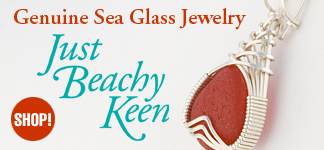The Sea Glass Shard of the Month: August 2016
An Old, Rare And Elusive Black Sea Glass Gem
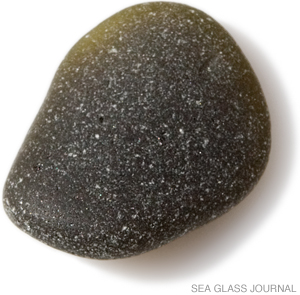
Black sea glass can originate from bottles manufactured in the 17th Century.
Sea Glass Specifications:
Color: Black (Very Dark Olive-Green)
Length: 37.2 mm (1.466")
Width: 48.6 mm (1.914")
Thickness: 9.0 mm (0.353")
Weight: 14.2 grams (0.50 ounces)
This month's featured sea glass is a well worn shard of very rare black glass. While it is impossible to date this specimen exactly, the fact that it is a thick and black-looking olive-green piece of sea glass indicates it is probably from an old bottle commonly used to transport liquors, olive oils and other consumables.
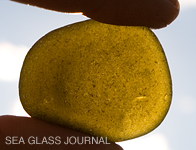
Even after picking up a piece of black sea glass it may be difficult to determine its color until it is placed in front of a strong light source like the sun.
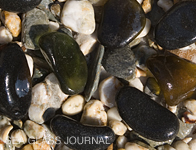
A few black sea glass shards among rocks a collector may come across. Notice how some shards can be mistaken for common stones.
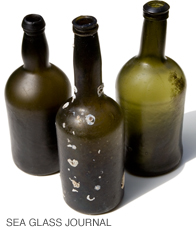
A few black glass bottles that were used for wine, beer, cider, or other liquids. The black, near opaque, color helped protect the contents from spoiling.
Looking for some suggestions on locating black sea glass on your next hunt... click Tips for Finding Black Sea Glass
Black sea glass can originate from bottles manufactured as long ago as the 1600s. The term black glass refers to the very dark, almost opaque, olive-green or olive-amber color of the glass. It can be difficult to determine the color of the shard, even with a strong light source placed behind it, as the color is so dense.
The dark nature of the glass came primarily from the addition of a large amount of iron oxide.[1] It was intended to produce a very dark glass that would cut down on sun light exposure and thus protect its contents from spoilage. Iron oxide added in this high amount also made the glass very hard and heavy. This helped prevent bottle breakage during shipping and subsequently, now often produces sea glass in large, chunky shards.[2]
"...black sea glass can easily be overlooked compared to other colors since the shard may look like just another stone..."
When beachcombing, black sea glass can easily be overlooked compared to other colors since the shard may look like just another stone among all the other rocks found on the beach. This characteristic may also attribute to the rarity in finding sea glass in this color.
The types of bottles that incorporated black glass were most notably produced by the free-blown or blown molded process and often had very distinct shapes such as the Dutch and English onions, English mallets and Dutch case gin bottles. Along with these unusual bottles, black glass came in a myriad of common bottle shapes but all generally had thick walls and bases.
Using black glass for bottles was common up until the 1880s but increasingly diminished in production into the 20th Century. Most commonly produced in European glass factories there were also glass houses in the US that manufactured black glass bottles.
Black sea glass is considered very rare and is usually only found in areas of human activity before the 1900s. If a collector is fortunate to find a coastal area of such historic note then several shards may often be found in the same day. It is just a matter of learning to recognize a piece of black sea glass when you come across one.
REFERENCES:
1. http://www.bottlebooks.com/blglssin.htm
2. LaMotte, Richard, Pure Sea Glass, Chesapeake Seaglass Publishing, 2004
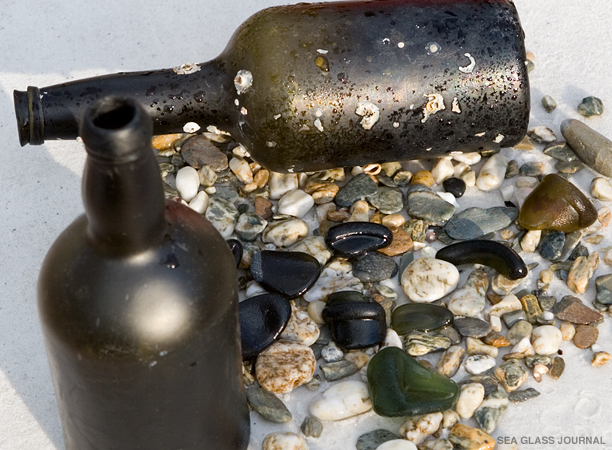
Keep up-to-date on all things sea glass... "Like Us" on Facebook!
Sea Glass Journal on Facebook





